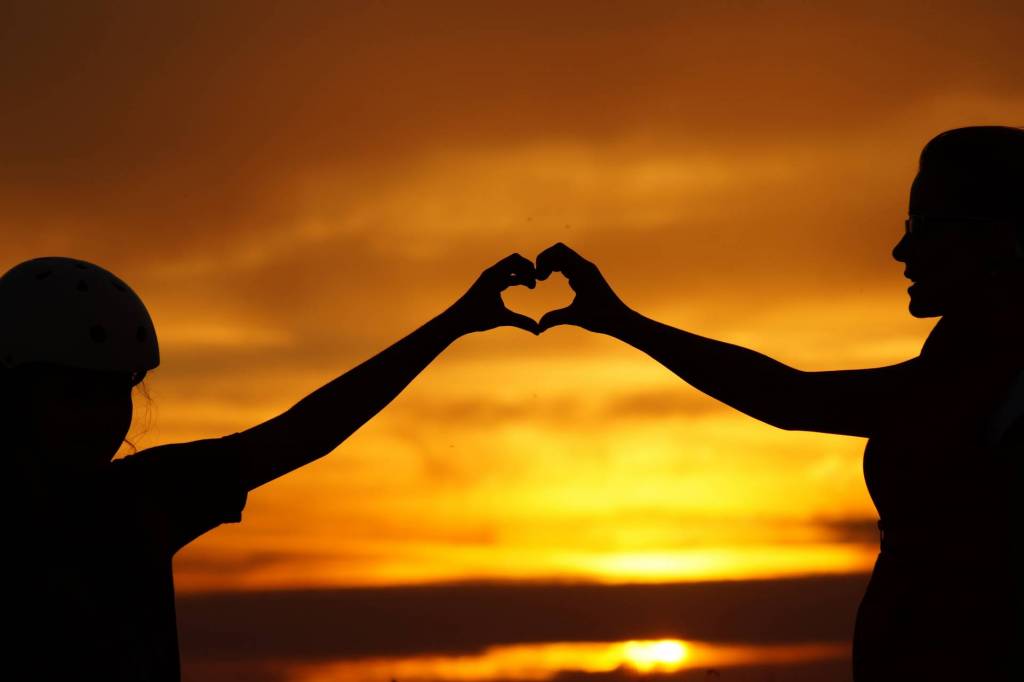
Do you have a family member who has recently died? Due to visitation restrictions, sheltering in, and social distancing, bereaved families are experiencing isolation and loneliness. Barbara Karnes, RN, author, and educator, shared her thoughts on end of life care and self care during these stressful times as part of a recent podcast. Barbara’s experiences with hospice care can help provide a unique perspective on what’s happening during COVID-19.
Hospice Care in the Age of COVID-19
Hospice care already comes with many obstacles, but COVID-19 has only added to those through the shelter-in-place mandate. Families are left with guilt, shame, and sadness because they are unable to be by their loved one’s side as they pass whether it is from COVID-19, complications due to the virus, or some other reason.
This situation has also complicated the grieving process. With no sense of closure, families are left with unfinished business and the inability to convince themselves that their loved one is really gone.
How People Die
As Barbara noted, a lot of these mixed emotions comes from the fact that most of us don’t know how people die. Only those that work in hospice care have a true understanding, having watched many people go through the process of death — sometimes, even starting months in advance to the final moment of life. That means there is a process to dying for those that go through a gradual death.
What Barbara also emphasized was that people need to know that there is no suffering at the end. This is especially for true of those going through this gradual process where they stop eating, withdraw, and physically start shutting down.
A Strategy For Coping with the End of Life of a Loved One
With COVID-19, there now has to be a different strategy and creative way to support patients and cope as a person who has lost their loved one.
One of the recommendations Barbara gave us was to do mental imaging. Instead of having the physical ability to say what we wold like to our loved ones, we can do it in our mind’s eye. Visualize sitting or laying down next to them and say in your mind and heart what you would have said if you could have been together.
Another recommendation is to write a letter to that lost loved one, putting everything down on paper — good and bad — that you might have said to them. Once you are satisfied with the letter, burn it and scatter the ashes in the wind. As as ritual, it will be a way to resolve unresolved feelings and create a release that you might have done having a physical funeral.
Grieve Now
Don’t wait three or four months until it may be alright to gather for a small funeral. Grieve now and hold some type of ceremony with loved ones even if it is on a Zoom video conference. Take the time to support each other and listen to their loss. Goin online grief support groups and reach out for that emotional support. We need listeners and those that can help us process this new way of grieving.
Podcast
Watch the podcast here:
Tags: death and loss during COVID-19, end of life care COVID-19, self-care during COVID-19